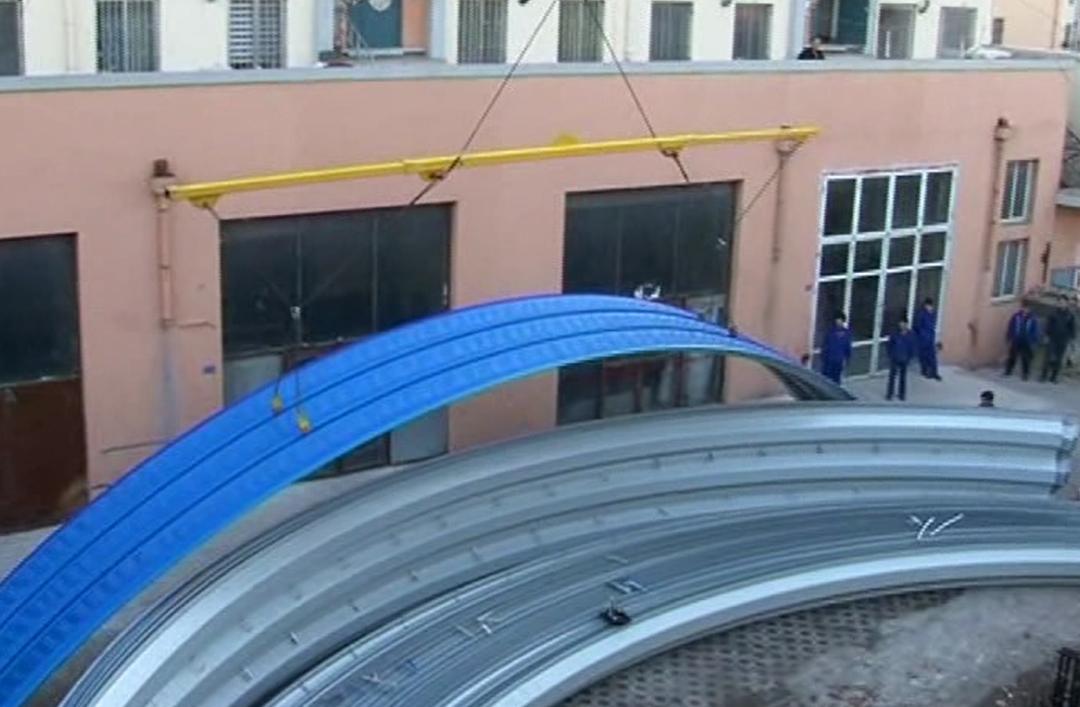
Understanding Angle Iron Roll Forming Machines
In the realm of metalworking and fabrication, the angle iron roll forming machine stands as a pivotal piece of equipment, facilitating the production of angle iron profiles with precision and efficiency. Angle iron, also known as angle steel, is a common structural element used in buildings, bridges, and other construction applications. It features a distinctive “L” shape, which provides robust support and stability in various assembly projects. The roll forming process, particularly when utilized for angle iron, is known for its ability to produce continuous lengths of material, thereby maximizing both productivity and material usage.
What is Roll Forming?
Roll forming is a continuous bending process in which a long strip of metal is gradually shaped into the desired cross-sectional profile by passing it through a series of rollers. Each pair of rollers progressively bends the metal closer to its final shape. Roll forming is particularly advantageous for producing large quantities of uniform parts, ensuring consistency in dimensions and profiles, which is vital in construction and manufacturing.
Features of Angle Iron Roll Forming Machines
Angle iron roll forming machines consist of various components, including material feeding systems, roll sets, and cutting mechanisms. These machines are designed to accept strip metal sheets, usually made from steel or aluminum, and transform them into angle iron profiles of custom sizes and specifications.
1. Material Feeding Systems The feeding mechanism ensures that the metal strip is fed into the roll forming station at a controlled rate, allowing for precise shaping and minimizing waste.
2. Roll Sets The heart of the roll forming machine is its roll set, which consists of several rollers arranged in a specific sequence. Each roller contributes to the incremental bending of the metal strip until the desired angle is achieved. The design of these rollers plays a critical role in determining the accuracy and quality of the final product.

3. Cutting Mechanism After the metal strip has been formed into the desired angle iron shape, a cutting mechanism activates to shear the continuous length into manageable sections. This process can be synchronized with the roll forming operation for enhanced efficiency.
Advantages of Using Angle Iron Roll Forming Machines
The use of angle iron roll forming machines offers several significant benefits. Firstly, they enable high production rates, making it possible to meet large-scale demands efficiently. Secondly, the process results in minimal waste, as the continuous lengths can be produced from wide metal strips, thereby optimizing material usage. Additionally, the consistent quality achieved through automated production ensures that each piece meets the required specifications and standards.
Moreover, modern advancements in technology have led to the development of programmable roll forming machines that allow for quick adjustments and changes in profiles. This flexibility is crucial for manufacturers who need to produce various sizes and types of angle iron to accommodate different projects.
Applications of Angle Iron
Angle iron is widely used in construction and manufacturing applications, serving as frames for buildings, supports for roofing structures, and brackets for various assemblies. Its versatility extends to industrial applications, including the fabrication of shelving units, machinery frames, and even custom furniture designs. The use of angle iron in these contexts underscores its importance as a foundational element in engineering and design.
Conclusion
Angle iron roll forming machines represent a cornerstone of modern manufacturing processes, combining efficiency, precision, and adaptability. With their ability to produce high volumes of quality angle iron profiles, these machines not only meet the burgeoning demands of the construction and manufacturing industries but also pave the way for innovative designs and applications. As technology advances, the capabilities of angle iron roll forming machines are likely to expand further, cementing their role in the future of metal fabrication.